by Heidy Sumei Chuang
The following reflection comes from A Rocha USA’s church resource, the “Worship & Creation Guidebook,” which provides prayers, songs, liturgies, and short theological essays to help churches integrate creation care values into their congregational lives. You can request the PDF here.
The top illustration was designed for the “Worship & Creation” resource by Ben Johnson.
“God saw all that he had made, and it was very good. And there was evening, and there was morning – the sixth day.”
– Genesis 1:31 (NIV)
When I teach watercolor classes, I begin with this verse to help my students understand that creativity is a gift from God and a mirror of His own creative process. It is a poignant and profound way in which we, God’s masterpieces, image him. Just as God looked and saw (surveyed, reflected on, concluded) that all He had made was very good, we, too, are invited by Christ to “consider the birds of the air and the flowers of the field” (Matt. 6:26-29).
This “seeing” is the very first skill I teach my students, for the work of a visual artist stems from our ability to perceive and consider. Just as a cellist knows their instrument uniquely – the weight of their bow and the smooth ebony beneath their fingertips – so the artist wields the instrument of observation with lifelong practice and curiosity.
Gig Harbor, by Heidy Sumei Chuang
Learning to Look
When we learn to look, two things happen. First, we discover that creation is very good. I am reminded of my time at Les Courmettes, one of the A Rocha France sites, where I painted moths and discovered the beauty and intricacy of these often-overlooked insects. I was delighted to notice subtleties I had not seen before, like how the colors of the moths’ wings were the same as the pink limestone that is a feature of that region.
Some time later, at L’Abri in Switzerland, this experience was mirrored in my workshop with students as I asked them to closely observe and draw moths at various stages of their life cycle. The act of looking and creating was utterly transformative, with one student sharing that three days earlier, she would have killed a moth without a second thought. They had learned to cherish – to see the “very goodness” – of this tiny piece of creation. The artist’s role is to teach people to see. When we learn to see, we respond with love.
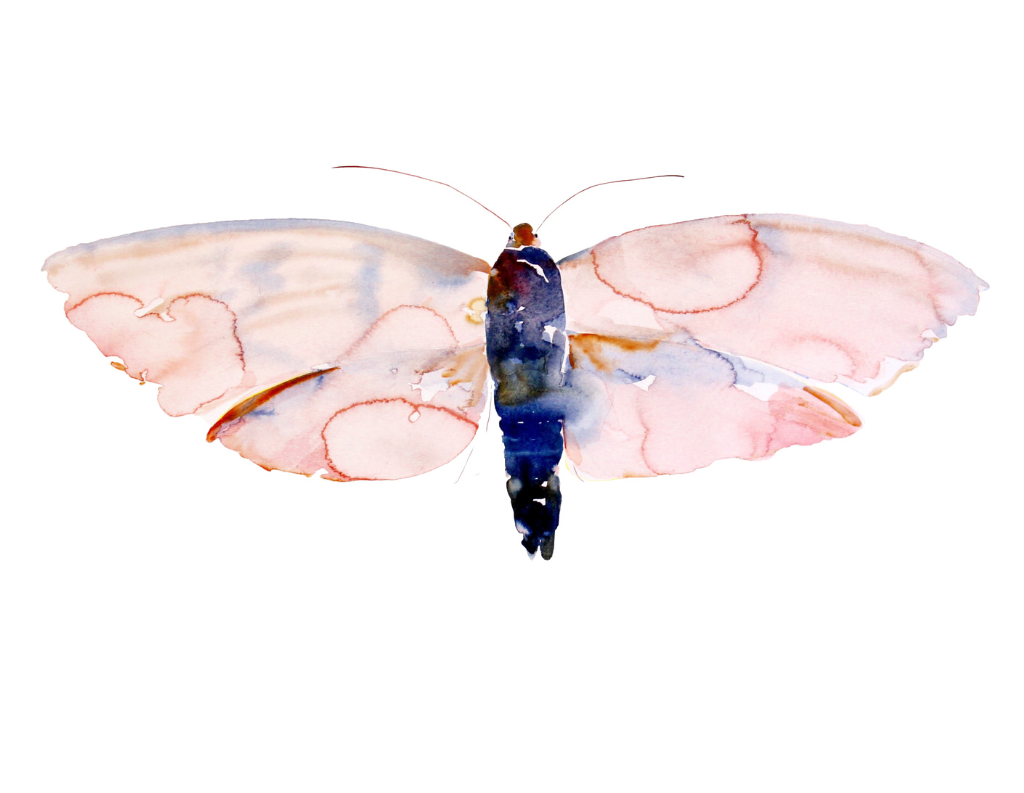
Hummingbird Hawk-Moth (Macroglossum stellatarum), by Heidy Sumei Chuang
The second thing that happens is the revealing of God in creation – “The heavens declare the glory of God” (Psalm 19:1, NIV). When I have sent my students into nature to practice looking, God has spoken to them as He so often speaks to me. The artist is a storyteller. As I consider, ponder, and discover the depths of God as revealed in creation, my art tells these stories.
My friend, a composer, tells me that for her, the beauty of music is that it unfolds through moments in time. As an artist, I find great beauty in art’s ability to hold countless brushstrokes, hours of effort, and corresponding or even contradictory ideas all together, at once, on the same paper.
Meaning is so powerfully received when it is rooted in the complexity of life; as Hosea wrote, “I will… make the valley of Achor into a gateway of hope” (Hosea 2:15, HCSB). Not the valley of abundance or ease, but the valley of trouble. Art holds space for mystery and paradox in a way that is unique to this discipline and has been explored within Christian worship for centuries, if not millennia.
God’s Worshipful Design
“Then the LORD said to Moses, ‘See, I have chosen Bezalel son of Uri, the son of Hur, of the tribe of Judah, and I have filled him with the Spirit of God, with wisdom, with understanding, with knowledge and with all kinds of skills – to make artistic designs for work in gold, silver and bronze, to cut and set stones, to work in wood, and to engage in all kinds of crafts’” (Exodus 31:1-5, NIV).
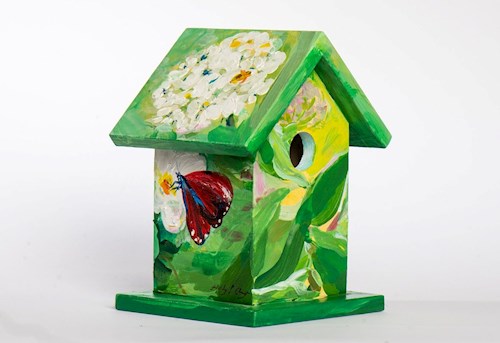
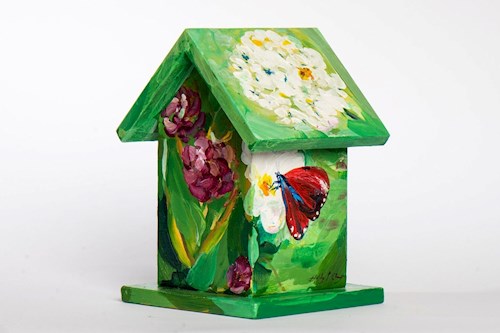
Butterfly Project, bird box by Heidy Sumei Chuang
The first time God’s Spirit is recorded as filling a person is to give an artist wisdom, understanding, and craftsmanship. This passage also speaks of what God finds beautiful – our worshipful response to the work of His hands, the land beneath our feet. Not just any land. The pomegranates and grapes made of gold were meaningful and fruitful in their culture, time, and place.
This passage also speaks of the invitation and role of individual artists, for Bezalel was called by name.
The question of how art can fulfill its role in worship is not answered from a distance, but rather within a specific community. This can sometimes be lost in our increasingly global world. Who are your artists? What land do you inhabit? What is significant, worshipful, and beautiful in your church community?
If the Church, in a world full of industry and agenda, can create spacious places for artists to flourish, they will become the storytellers, teachers, and hope-bringers God has designed them to be. They will bless the body and creation with their ability to look and respond. Art is not just something God uses, but sits right at the center of His rich and full design for worship.
Monarch, by Heidy Sumei Chuang
Finally, I am reminded of two stories. The first was the Easter Vigil at my church in Boston, Church of the Cross, where artists, musicians, chefs, florists, and others filled the church with God’s creation and our worshipful response to Him. I saw in the details artistic coincidences that are impossible to orchestrate apart from God’s pleasure, intention, and presence within our art.
The second was an exhibition of my work at Waterfall Gallery in New York City, one of the busiest and most secular cities on earth. Many at the exhibition saw paintings pleasing to the eye, but those who had eyes to see saw the message of reconciliation and hope within my floral collection, “Beauty from Ashes.” The call to the visual artist is to see and worship, build up the body of Christ, and finally, be hope-bringers to our despairing and complex world, by speaking of God’s care – for us and all of creation.
Reflection from the “Worship & Creation Guidebook.” For more essays, as well as prayers, songs, and exhortations, request the PDF here.
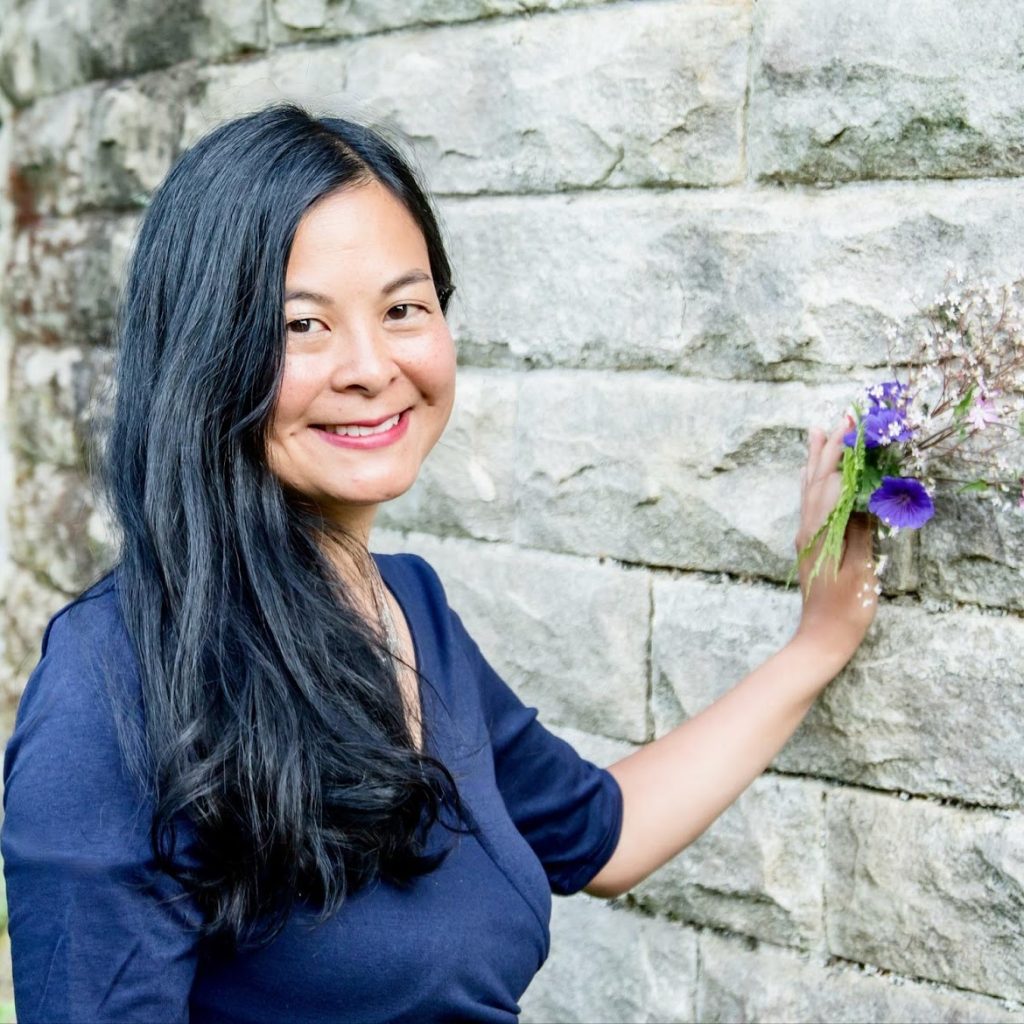
Heidy Sumei Chuang is a Taiwanese-American artist who lives in Boston. She works in floral design and painted media. She holds a BFA in painting from Washington University and an MFA from Boston University. As a member of A Rocha’s Advisory Council and an Artist Partner, her passion is creating a visual space for biodiversity conservation.

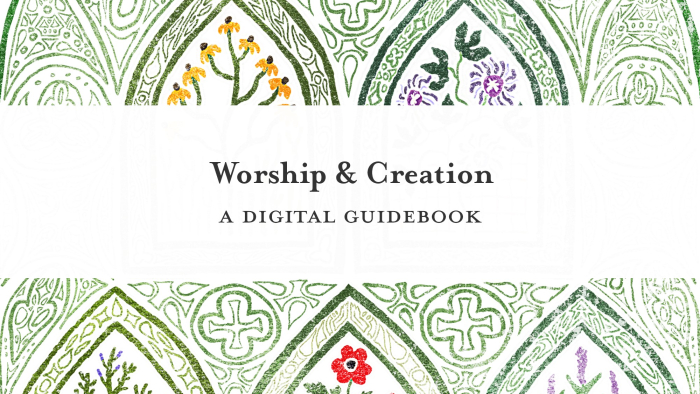
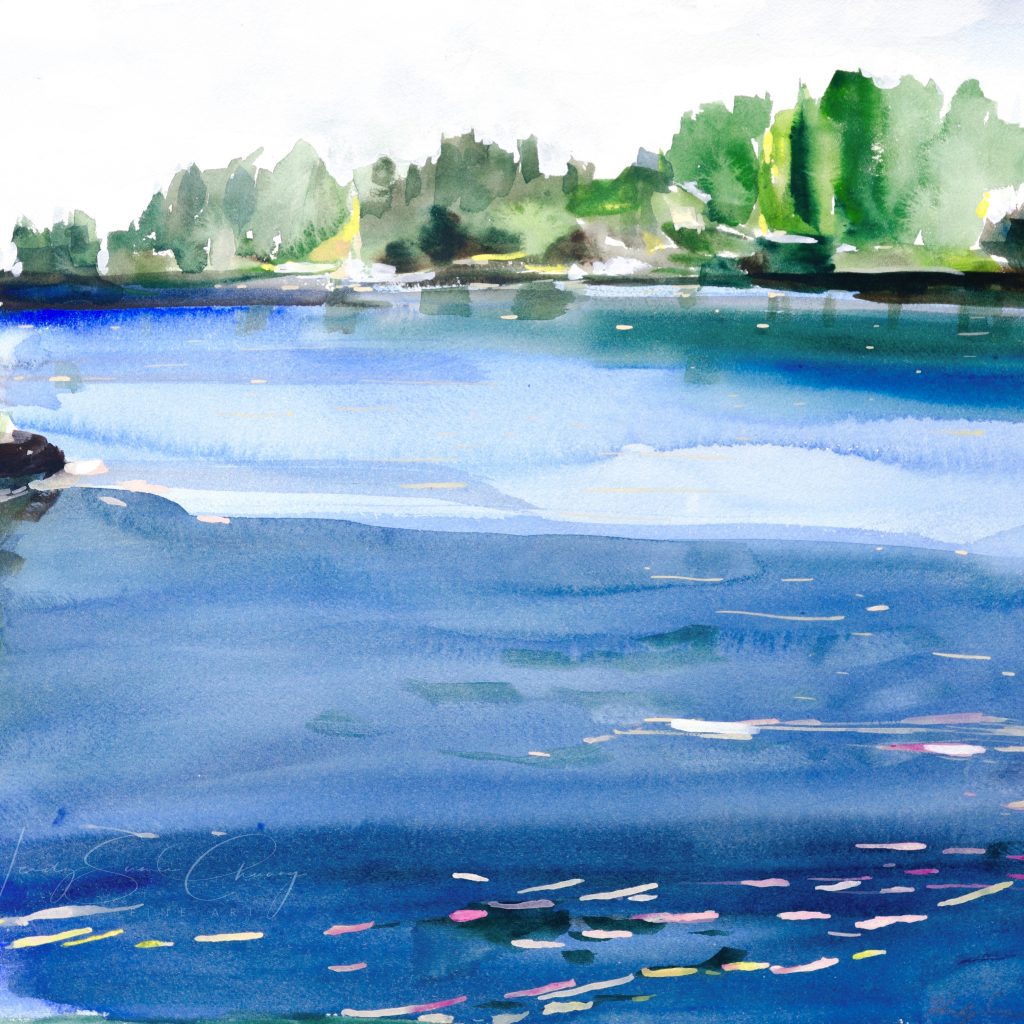
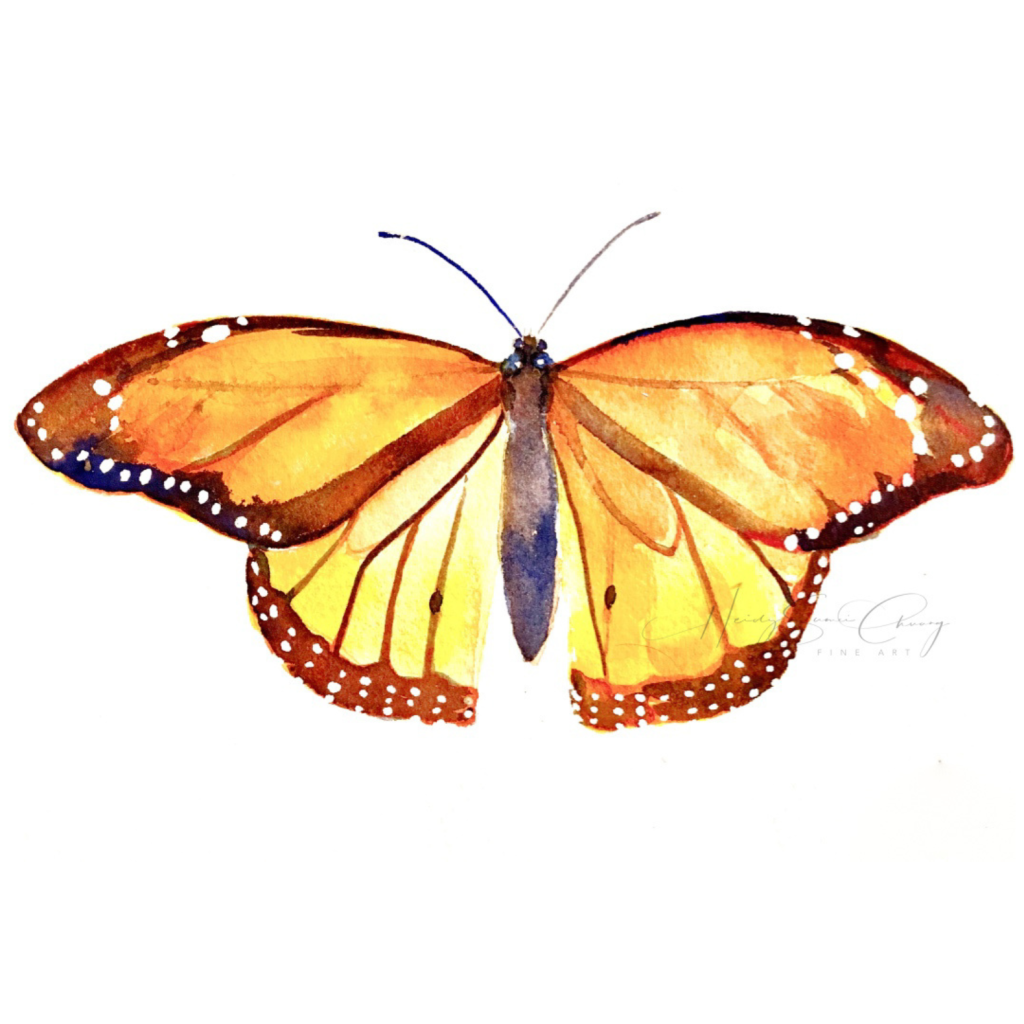






This is a really encouraging read as an artist— a great reminder of the ways we can serve God and the church. I continually need that reminder to re-learn to see God’s beauty in creation, which is an incredibly generative exercise for anyone, not just artists. I love the story about the moth, too!
Wow! Thank you Heidy for so poetically, poignantly and personally sharing the intersections of art, ecology and theology. I am deeply encouraged